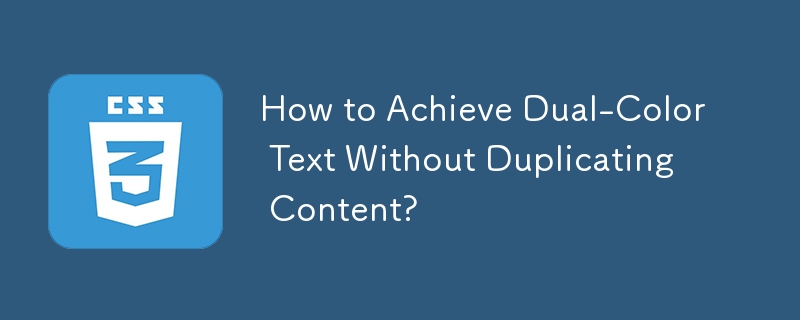
Course Introduction:Achieving Dual-Color Text with minimal DuplicationTo create dual-color text effects like the sample provided, leveraging both HTML and CSS can...
2024-11-11 comment 0 427

Course Introduction:The hover effect of CSS can enhance the interactive texture through various techniques. 1. Use transition to achieve smooth animation, control the process of color, size and position change, and enhance the sense of nature; 2. Use pseudo-elements (::before or ::after) to create mask or scan effects to enrich visual feedback; 3. Combine transform and filter to achieve dynamic effects such as image enlargement, contrast changes and shadows; 4. Pay attention to mobile compatibility issues, avoid relying on hover to display key information, and consider JavaScript or alternative interaction solutions.
2025-07-07 comment 0 995
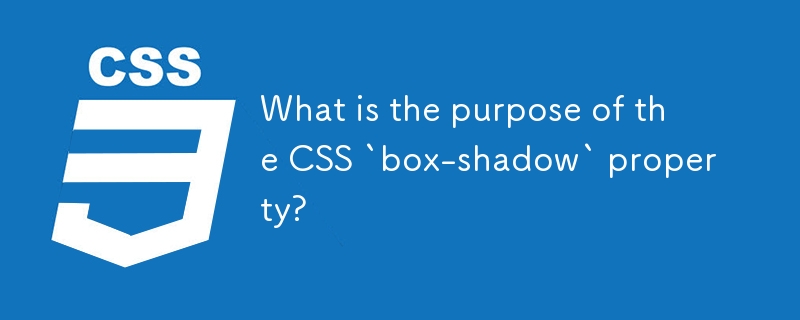
Course Introduction:The box-shadow property of CSS is used to add shadow effects around elements to enhance visual hierarchy and appeal. 1. The basic syntax includes offset-x, offset-y, blur-radius, spread-radius, color and inset parameters; 2. Commonly used in card design, buttons, input boxes and other scenarios; 3. Using rgba colors, controlling blur and expansion values, combining transition effects and performance testing are key techniques when using them; 4. Commas can be used to achieve complex effects.
2025-07-28 comment 0 112

Course Introduction:CSSTransitions and Animations enhance the user experience without JavaScript. 1. Use transition to achieve simple state changes, such as color or scaling changes during hover, and control it through transition-property, duration, timing-function and delay. It is recommended to use transform and opacity to improve performance. 2. Use @keyframes to define complex animations, such as fadeInSlideUp or infinite pulse effects, apply through the animation attribute, and set delay and iteration-coun
2025-08-02 comment 0 561
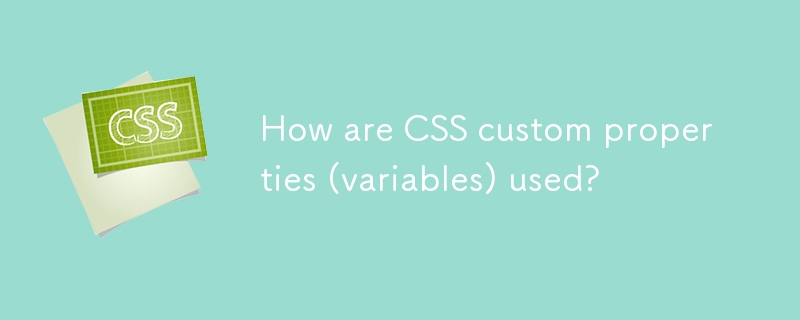
Course Introduction:CSS variables improve style management efficiency by defining reusable values. Developers use the --prefix to declare variables, usually define global variables in :root, and then reference them through the var() function, such as .button{background-color:var(--primary-color);}. Variables can be scoped as needed, such as redefining --text-color in .dark-mode to implement dark mode. JavaScript can dynamically update variables through setProperty to achieve interactive effects such as topic switching. When using it, please note that variable names are case sensitive, provide fallback values, avoid circular references, and reasonably control the scope of use to ensure maintenance and flexibility.
2025-07-22 comment 0 947
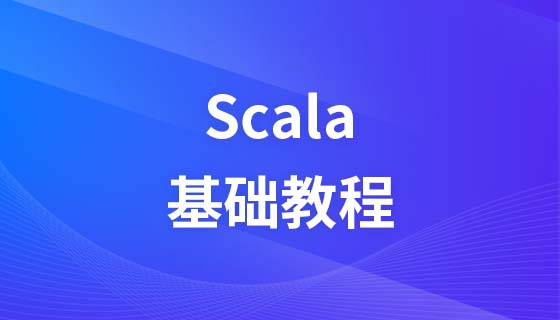
Course Elementary 13820
Course Introduction:Scala Tutorial Scala is a multi-paradigm programming language, designed to integrate various features of object-oriented programming and functional programming.
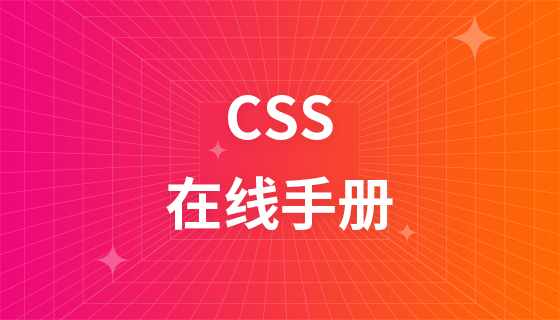
Course Elementary 82356
Course Introduction:"CSS Online Manual" is the official CSS online reference manual. This CSS online development manual contains various CSS properties, definitions, usage methods, example operations, etc. It is an indispensable online query manual for WEB programming learners and developers! CSS: Cascading Style Sheets (English full name: Cascading Style Sheets) is an application used to express HTML (Standard Universal Markup Language).
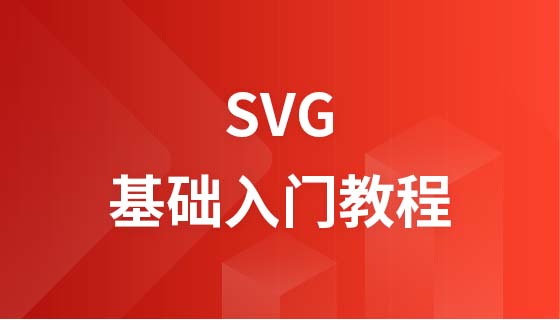
Course Elementary 13174
Course Introduction:SVG is a markup language for vector graphics in HTML5. It maintains powerful drawing capabilities and at the same time has a very high-end interface to operate graphics by directly operating Dom nodes. This "SVG Tutorial" is intended to allow students to master the SVG language and some of its corresponding APIs, combined with the knowledge of 2D drawing, so that students can render and control complex graphics on the page.
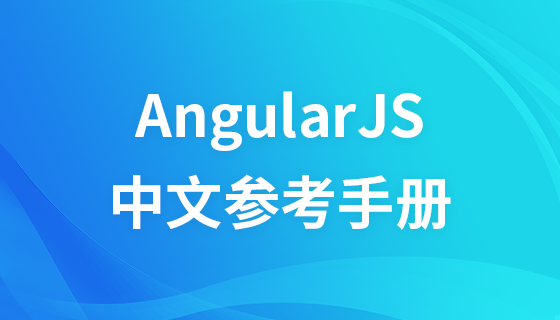
Course Elementary 24625
Course Introduction:In the "AngularJS Chinese Reference Manual", AngularJS extends HTML with new attributes and expressions. AngularJS can build a single page application (SPAs: Single Page Applications). AngularJS is very easy to learn.

Course Elementary 27484
Course Introduction:Go is a new language, a concurrent, garbage-collected, fast-compiled language. It can compile a large Go program in a few seconds on a single computer. Go provides a model for software construction that makes dependency analysis easier and avoids most C-style include files and library headers. Go is a statically typed language, and its type system has no hierarchy. Therefore users do not need to spend time defining relationships between types, which feels more lightweight than typical object-oriented languages. Go is a completely garbage-collected language and provides basic support for concurrent execution and communication. By its design, Go is intended to provide a method for constructing system software on multi-core machines.
Laravel Modal does not return data
2024-03-29 10:31:31 0 1 605
Can I use the automatic generation module of thinkphp5 in Windows 7 system? How to configure and use
2017-10-10 17:04:14 0 2 1401
2017-10-10 19:25:59 0 4 2958
To use mcrypt_get_key_size() in php study, how to enable mcrypt_
2017-10-10 19:47:34 0 1 1189
Detecting login status and preventing repeated login status in TP5 - My page is wrong
2017-10-10 22:49:15 0 0 1206